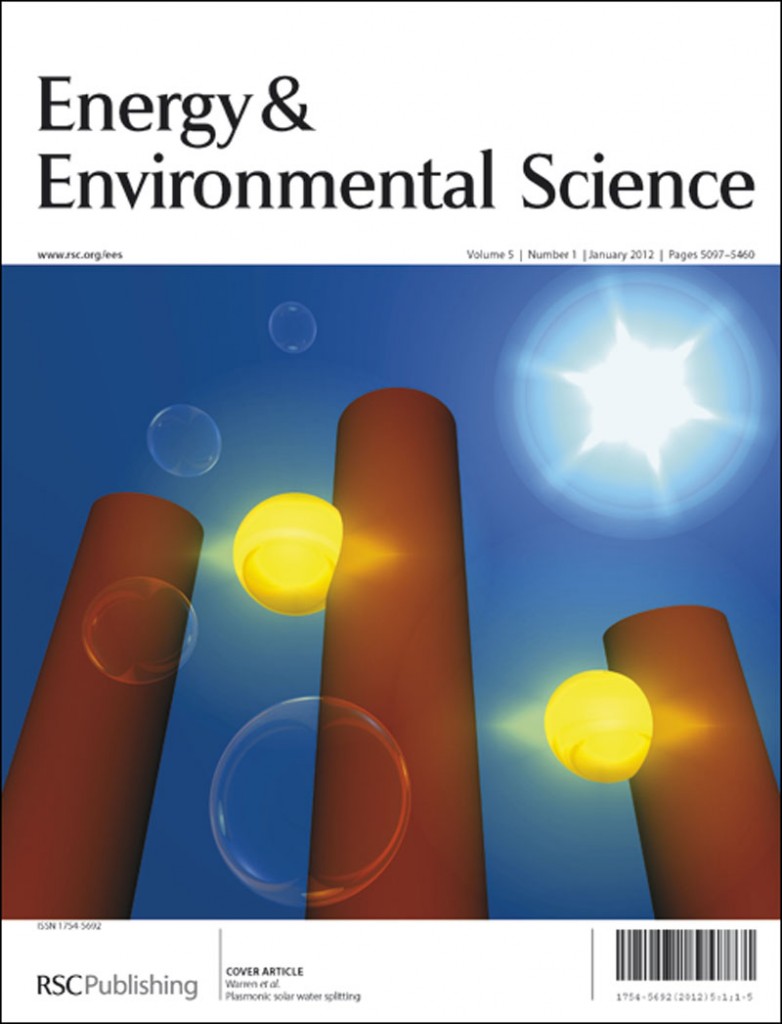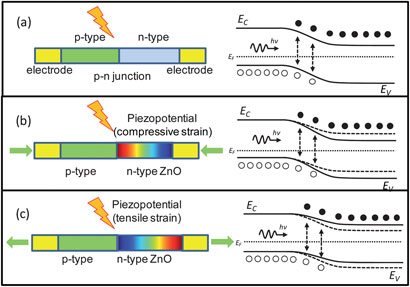This month sees the following articles in EES that are in the top ten most accessed in March:
The Dalian National Laboratory for Clean Energy
Can Li, Tao Zhang and Xinhe Bao
Energy Environ. Sci., 2012, 5, 6277-6277
DOI: 10.1039/C2EE90010F
Solar energy generation in three dimensions
Marco Bernardi, Nicola Ferralis, Jin H. Wan, Rachelle Villalon and Jeffrey C. Grossman
Energy Environ. Sci., 2012, 5, 6880-6884
DOI: 10.1039/C2EE21170J
Facile synthesis of Au@TiO2 core–shell hollow spheres for dye-sensitized solar cells with remarkably improved efficiency
Jiang Du, Jian Qi, Dan Wang and Zhiyong Tang
Energy Environ. Sci., 2012, 5, 6914-6918
DOI: 10.1039/C2EE21264A
Polyacrylonitrile/graphene composite as a precursor to a sulfur-based cathode material for high-rate rechargeable Li–S batteries
Lichao Yin, Jiulin Wang, Fengjiao Lin, Jun Yang and Yanna Nuli
Energy Environ. Sci., 2012, 5, 6966-6972
DOI: 10.1039/C2EE03495F
Recent advances in hybrid photocatalysts for solar fuel production
Phong D. Tran, Lydia H. Wong, James Barber and Joachim S. C. Loo
Energy Environ. Sci., 2012, 5, 5902-5918
DOI: 10.1039/C2EE02849B
Quartz (SiO2): a new energy storage anode material for Li-ion batteries
Won-Seok Chang, Cheol-Min Park, Jae-Hun Kim, Young-Ugk Kim, Goojin Jeong and Hun-Joon Sohn
Energy Environ. Sci., 2012, 5, 6895-6899
DOI: 10.1039/C2EE00003B
Recent advances in solution-processed interfacial materials for efficient and stable polymer solar cells
Hin-Lap Yip and Alex K.-Y. Jen
Energy Environ. Sci., 2012, 5, 5994-6011
DOI: 10.1039/C2EE02806A
Catalysts made of earth-abundant elements (Co, Ni, Fe) for water splitting: Recent progress and future challenges
Pingwu Du and Richard Eisenberg
Energy Environ. Sci., 2012, 5, 6012-6021
DOI: 10.1039/C2EE03250C
An aqueous rechargeable lithium battery of excellent rate capability based on a nanocomposite of MoO3 coated with PPy and LiMn2O4
Wei Tang, Lili Liu, Yusong Zhu, Hong Sun, Yuping Wu and Kai Zhu
Energy Environ. Sci., 2012, 5, 6909-6913
DOI: 10.1039/C2EE21294C
Na-ion batteries, recent advances and present challenges to become low cost energy storage systems
Verónica Palomares, Paula Serras, Irune Villaluenga, Karina B. Hueso, Javier Carretero-González and Teófilo Rojo
Energy Environ. Sci., 2012, 5, 5884-5901
DOI: 10.1039/C2EE02781J
Why not take a look at the articles today and blog your thoughts and comments below
Fancy submitting an article to EES? Then why not submit to us today!
















